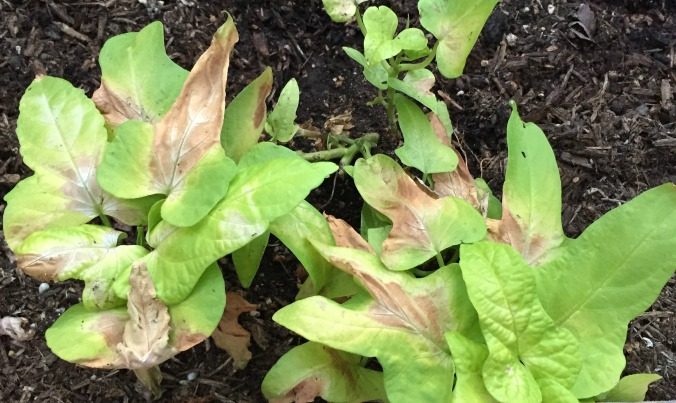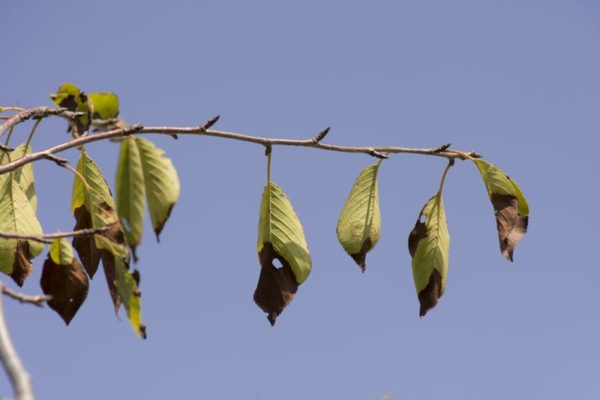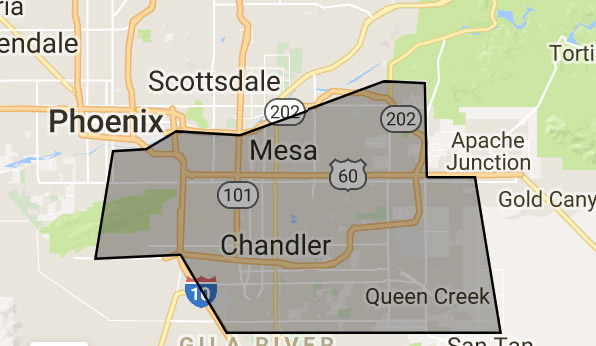
1. Water deep
Deep watering at the base of the plant for a long time is the best way to revive and protect plants, because it coaxes roots deeper into the ground. Plants are like people, they get lazy. If they get water for 5 minutes every day, they keep their roots near the surface, so by watering deeply you’re training the plants to send their roots deep in the soil where the water is.” Water long enough to saturate the soil a good foot in depth. Vegetables might need deep watering multiple times a week when it’s really hot.
When you know a hot spell is on the way, you can also prepare by watering deeply at ground level, ideally at night, when the air is cooler.
2. But don’t overwater
Plants sometimes wilt from the severe sun, even when they have sufficient water. Test the soil before you water. If a pot feels heavy or the soil feels damp an inch or so under the ground, your plant probably doesn’t need more moisture.
3. No water in the sun
As tempting as it sounds, don’t hose down your plants in the middle of the day; those water droplets can turn into mini magnifying glasses on the leaves and intensify the heat. You can spray plants to cool them down, but only after the sun sets.
4. Set up some shade
A big beach umbrella works, as do airy (30% to 40%) shade cloths. You can also use old bed sheets, rigged-up cheesecloth or propped-up cardboard to give your plants a break from the scorching rays. The key is to make sure your shade props allow air to circulate freely around the plants. If the only cloth you have handy is dark in color, remember that it can absorb heat and can in turn burn any foliage they touch, so keep it several inches above or away from the plants.
5. Don’t remove damaged foliage
Those brown leaves and branches serve as protection against additional damage and could actually be harboring living tissue, so hands off the pruners, at least for now.
6. Stop all pruning until fall
Even plants that look OK are going to be stressed in this heat, and pruning too much just adds to it. Let them grow as they wish and do more major pruning when it’s cooler.
7. Forget the fertilizer
Root systems suffer in high heat; absorbing fertilizer can do further damage. Straight compost and low-nitrogen (numbers less than 3) organic fertilizers are OK. It’s best if fertilizers don’t include manure, fish or blood, because those contain salts, which can cause heat stress and burning.
8. Container plants
Avoid dark-colored containers for your plants, which absorb the heat more than lighter colors and can actually fry a plant’s roots. Try putting potted plants inside larger pots to give them some insulation and shade, but make sure both pots have good drainage. Plants drown in standing water, even when it’s hot.
For more information see: Keeping plants alive in this heat

For help with maintaining your yard, request a free estimate: Residential or Commercial




